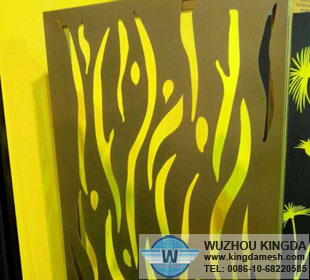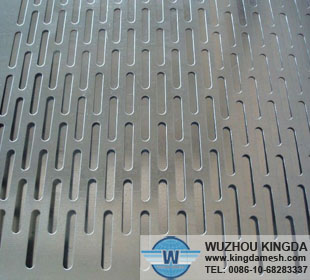Materials Used in Sheet Metal
Sheet Metal’s versatility allows you to use it for various purposes. Whether you are cutting it, bending it or simply leaving it as it is, it is an essential tool for any metalworking project. The materials used in Sheet Metal can prove to be just as helpful as the finished product itself.
Aluminum
Despite its soft texture, aluminum is a very useful material in working on Sheet Metal. Once other elements are added to produce alloys, aluminum becomes stronger and you can then use it for a multiple purposes. The prepared aluminum is divided into two groups: non-heat treatable and heat treatable. Some of the alloys found in aluminum are magnesium, copper and zinc.
Steel
A mild form of steel is used in work involving Sheet Metal. Steel is placed into two categories: hot rolled and cold rolled. Cold rolled steel proves to be more effective in working with sheet metal due to its surface condition, consistency in the material and accuracy in thickness. You can find Sheet Metal in various products, including galvanized paint primer.
Stainless Steel
You can use certain alloys of stainless steel in working with Sheet Metal. Stainless steel can offer corrosion resistance to chemical corrodents and industrial atmospheres. You can use cold rolled stainless steel for welding; it is also known for its effective formability.
Copper and Copper Alloys
The special properties of copper and its alloys allow for it to be a key factor in forming Sheet Metal. Copper is ductile, which lets it crack and wrinkle less when compared to other metals. Copper alloys are also known for having corrosion resistance. High electrical and thermal conductivities also allow copper to be advantageous.




